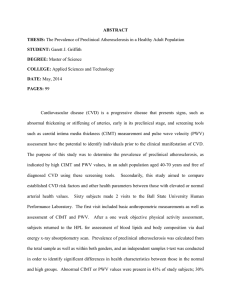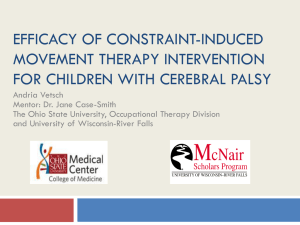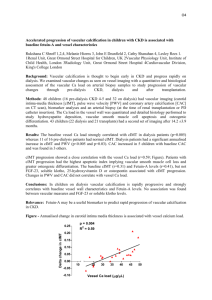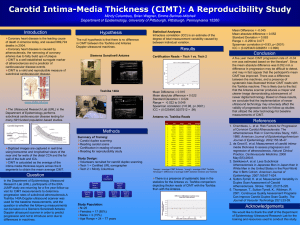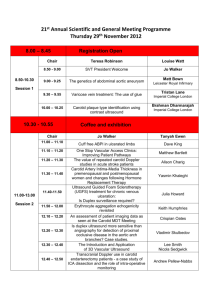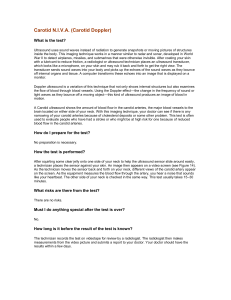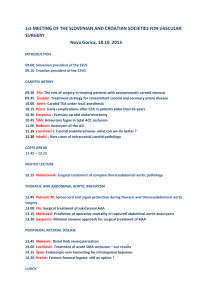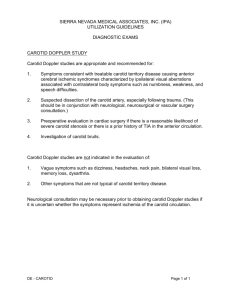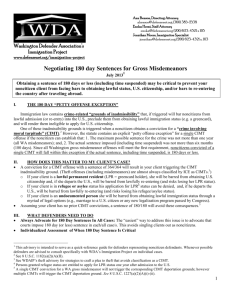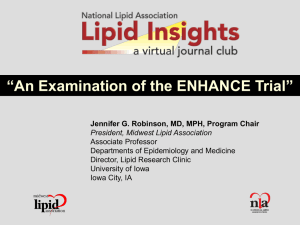Carotid Intima-Media Thickness (CIMT) - The Rock
advertisement
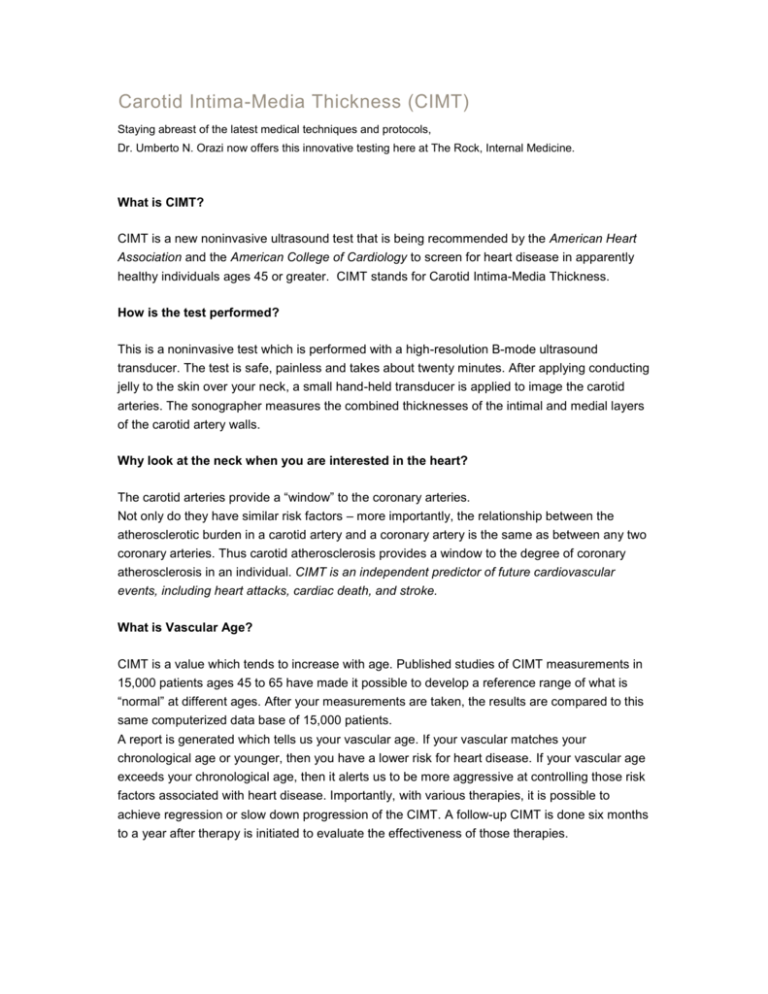
Carotid Intima-Media Thickness (CIMT) Staying abreast of the latest medical techniques and protocols, Dr. Umberto N. Orazi now offers this innovative testing here at The Rock, Internal Medicine. What is CIMT? CIMT is a new noninvasive ultrasound test that is being recommended by the American Heart Association and the American College of Cardiology to screen for heart disease in apparently healthy individuals ages 45 or greater. CIMT stands for Carotid Intima-Media Thickness. How is the test performed? This is a noninvasive test which is performed with a high-resolution B-mode ultrasound transducer. The test is safe, painless and takes about twenty minutes. After applying conducting jelly to the skin over your neck, a small hand-held transducer is applied to image the carotid arteries. The sonographer measures the combined thicknesses of the intimal and medial layers of the carotid artery walls. Why look at the neck when you are interested in the heart? The carotid arteries provide a “window” to the coronary arteries. Not only do they have similar risk factors – more importantly, the relationship between the atherosclerotic burden in a carotid artery and a coronary artery is the same as between any two coronary arteries. Thus carotid atherosclerosis provides a window to the degree of coronary atherosclerosis in an individual. CIMT is an independent predictor of future cardiovascular events, including heart attacks, cardiac death, and stroke. What is Vascular Age? CIMT is a value which tends to increase with age. Published studies of CIMT measurements in 15,000 patients ages 45 to 65 have made it possible to develop a reference range of what is “normal” at different ages. After your measurements are taken, the results are compared to this same computerized data base of 15,000 patients. A report is generated which tells us your vascular age. If your vascular matches your chronological age or younger, then you have a lower risk for heart disease. If your vascular age exceeds your chronological age, then it alerts us to be more aggressive at controlling those risk factors associated with heart disease. Importantly, with various therapies, it is possible to achieve regression or slow down progression of the CIMT. A follow-up CIMT is done six months to a year after therapy is initiated to evaluate the effectiveness of those therapies.
